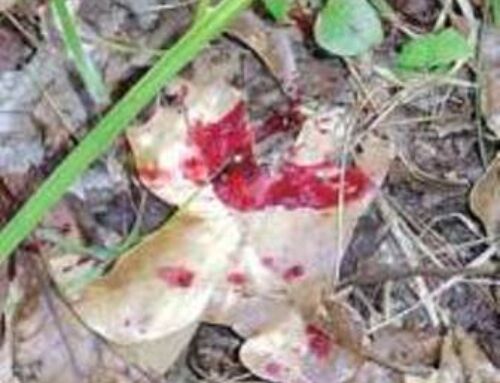It’s been dry and hot for weeks in the Midwest and Mid-Atlantic, prime conditions for Epizootic Hemorrhagic Disease (EHD) to rear its ugly head and kill whitetails.
The first state to confirm EHD in August 2019 was Indiana, where deer deaths have been reported in at least 10 counties in the southern part of the state.
The Iowa DNR initially reported an outbreak of the disease concentrated near Warren County. In a more recent update, authorities report hundreds of deer have died after contracting EHD in the south-central section of the state. As many as 900 deer have died, and there could be more dead deer hidden among farmers’ crops.
The West Virginia DNR confirms EHD has killed deer in small areas of Summers, Monroe and Greenbrier counties.
The Kentucky Department of Fish and Wildlife and Murray State University’s Breathitt Veterinary Center confirmed the state’s first 2019 case of hemorrhagic disease in a dead deer from Graves County in Western Kentucky. Officials are investigating how wide-spread the issue is in Kentucky, looking into cases of 22 dead deer in 11 counties.
Finally, this is big news, the Minnesota DNR recently confirmed the first two cases of EHD in wild deer ever.
“All of our neighboring states have been dealing with EHD for years,” said Lou Cornicelli, DNR wildlife research manager. “So it was always a question of when it would show up in Minnesota.”
Good news is that it is already mid-September. The first hard frost, which will likely occur within weeks in Minnesota and within a month in Iowa, kills the midges that bite the deer, effectively ending EHD for the year. In Kentucky, Indiana, West VA and any southern states where EHD might still break out, EDH could kill deer well into late October or even November.
About EHD: Both epizootic hemorrhagic disease (EHD) and the bluetongue virus (BTV) are viral diseases that can infect deer, but EHD is more common in whitetails. Neither EHD nor BTV affects humans.
The symptoms typically show up about 7 days after deer have been infected with the EHD virus: loss of appetite, weakness, loss of fear of humans, circling, and other neurological signs. Deer that have died from EHD may have a swollen tongue, eyelids, neck, or head. The disease is often fatal, but some deer will survive and develop immunity.
EHD is transmitted by biting midges (genus Culicoides) known as “no-see-ums” or gnats. These breed and live in small pools of standing water. Many deer that die from EHD are found in or around water. After the insect population is reduced by cold weather in the fall, the spread of new infections to stop shortly after the first hard freeze in the fall.
Hot, dry weather with little rain, summer-like conditions that extend into the fall, may increase the occurrence and duration of an EHD outbreak. As usual water sources become scarce, more deer use any water that is available. As deer gather around these water sources, more deer in the population may become exposed to infected midges, which spread the disease between deer via bites.
Here’s something I bet you didn’t know, I didn’t: During hunting season, if you kill or see a deer that has similar grooves in all its hooves, the animal may have survived an EHD infection. The grooves are a result of the deer having had a high fever and is similar to the groove in a fingernail when it grows out after being hit. Such a deer is safe to handle and eat.






